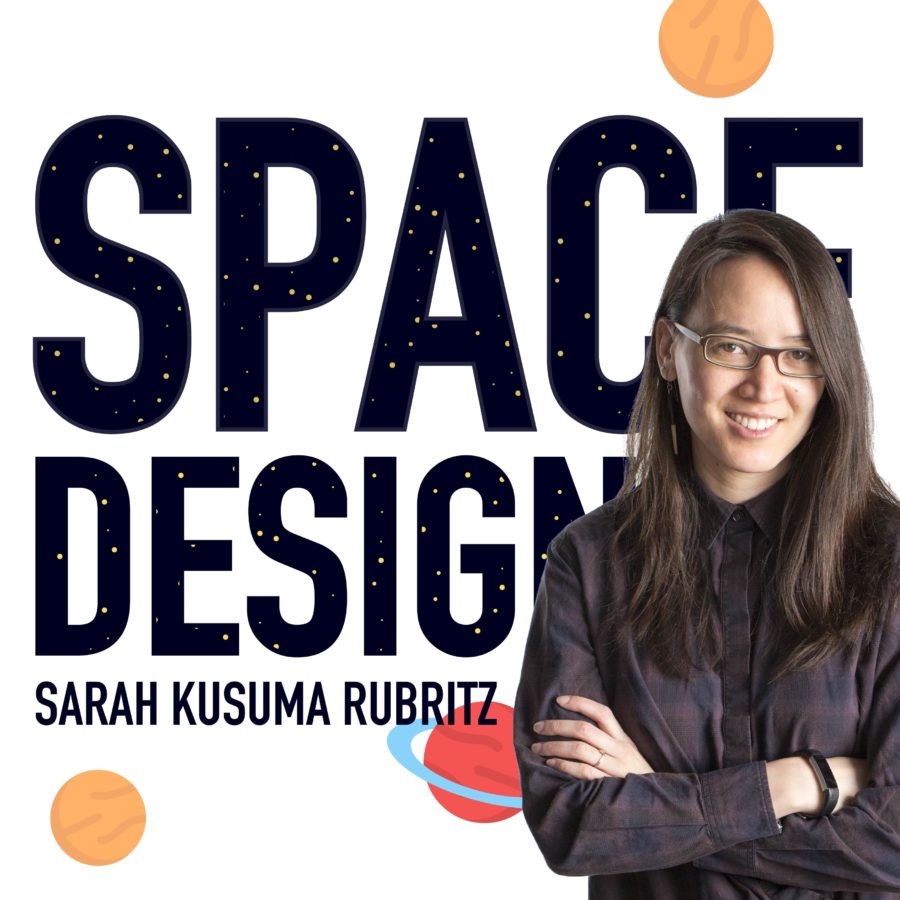News
Nov 3, 2020 _ news
Sarah Kusuma Rubritz, Space Designer
GBBN’s Sarah Kusuma Rubritz recently returned from a trip of sorts. While she didn’t travel anywhere physically, she joined a few dozen people from around the world to work on a design challenge workshop: Design in Space for Life on Earth.
Hosted by the World Design Organization (WDO) in cooperation with the Center for the Advancement of Science in Space (CASIS)—the organization that manages the International Space Station (ISS) U.S. National Laboratory —the two week event used design thinking to explore humanity’s shared future in space while celebrating 20 years of continuous human presence in space at the ISS.
While others researched how the ISS might support entrepreneurship or conduct sustainability research, Sarah worked with a team of about fourteen people from across the globe to explore the possibility of building an orbital university.
With a strong sense of an orbital university’s potential to revolutionize education, Sarah reports, her team had to take a lot of time to unpack the idea of what a university is (or can be).
“As you transplant the idea of a university from something that is local and geographically-based into space, and work to design it for all of humanity,” she explains, “you really have to think through fundamental questions about access and inclusion, the different ways in which people experience the university, and how people can benefit from an orbital university, even if they don’t visit it in-person.”
With these fundamental questions in mind, Sarah’s team began thinking about how an orbital university would be organized; how it could foster all kinds of research (including collaborations between STEM disciplines, the arts and humanities); the kind of infrastructure that would be needed to support different kinds of access to the ISS (including roving, earth-bound laboratories/classrooms that would give people more direct access to ISS-based experiences); and the steps that would be needed to build it all.
Given the scope of the project, there’s still a lot of work left to do. But Sarah hopes to continue working on the concept when the WDO hosts additional phases of the design challenge.
Want to learn more about Sarah? Read about her here or read about her work on University of Pittsburgh’s Hillman Library transformation.
Read the WDO description of the design challenge here.




